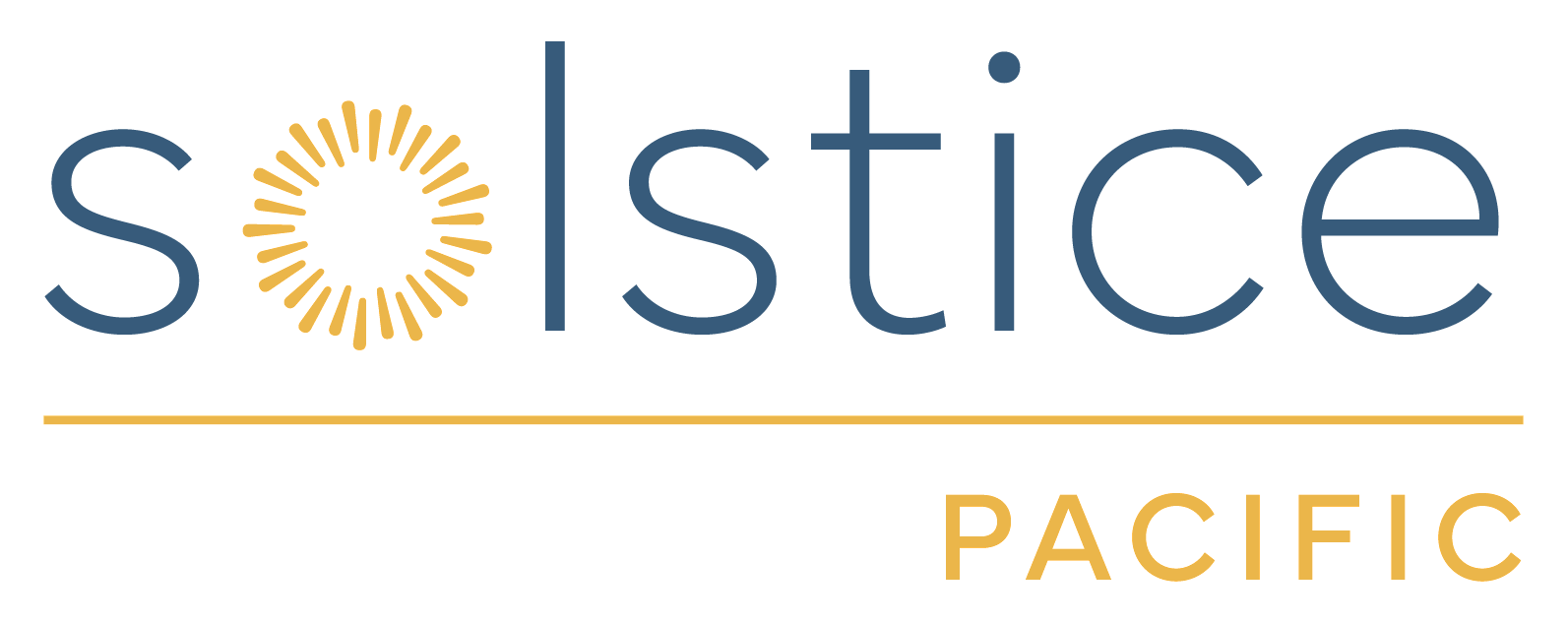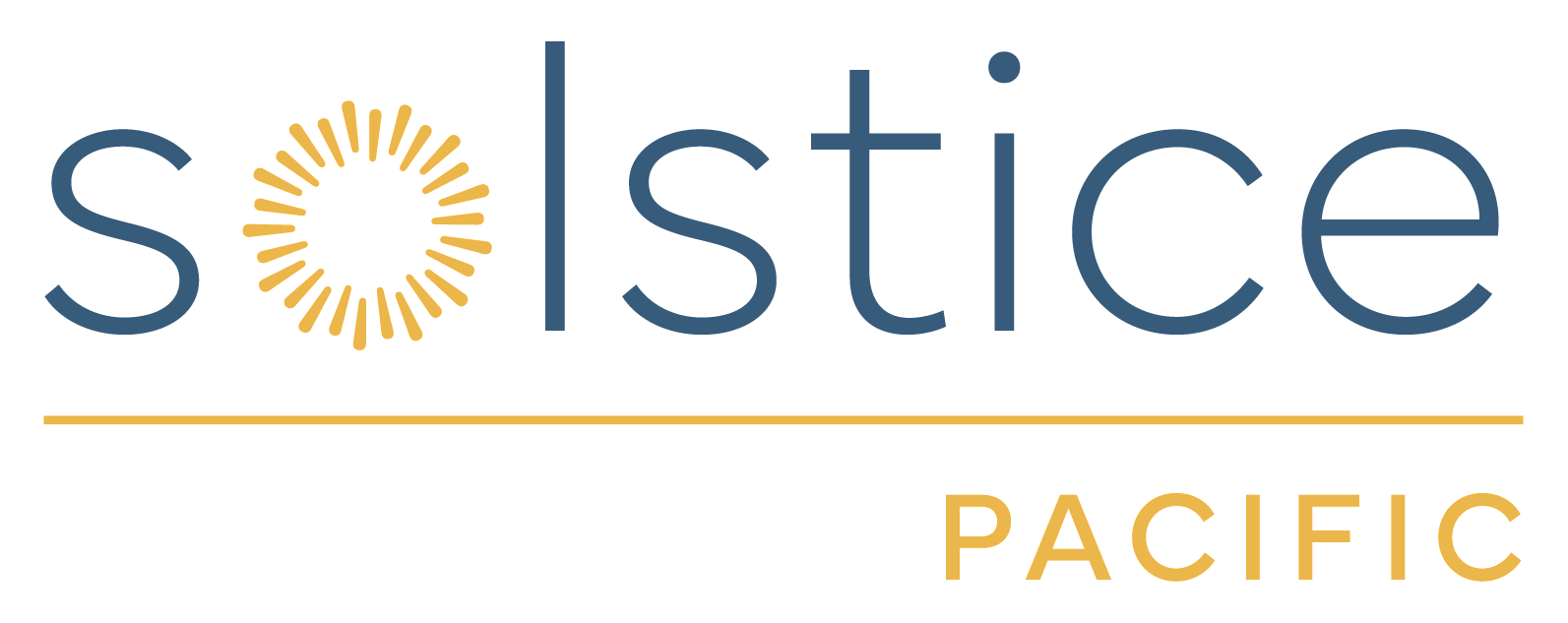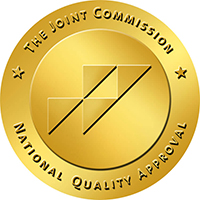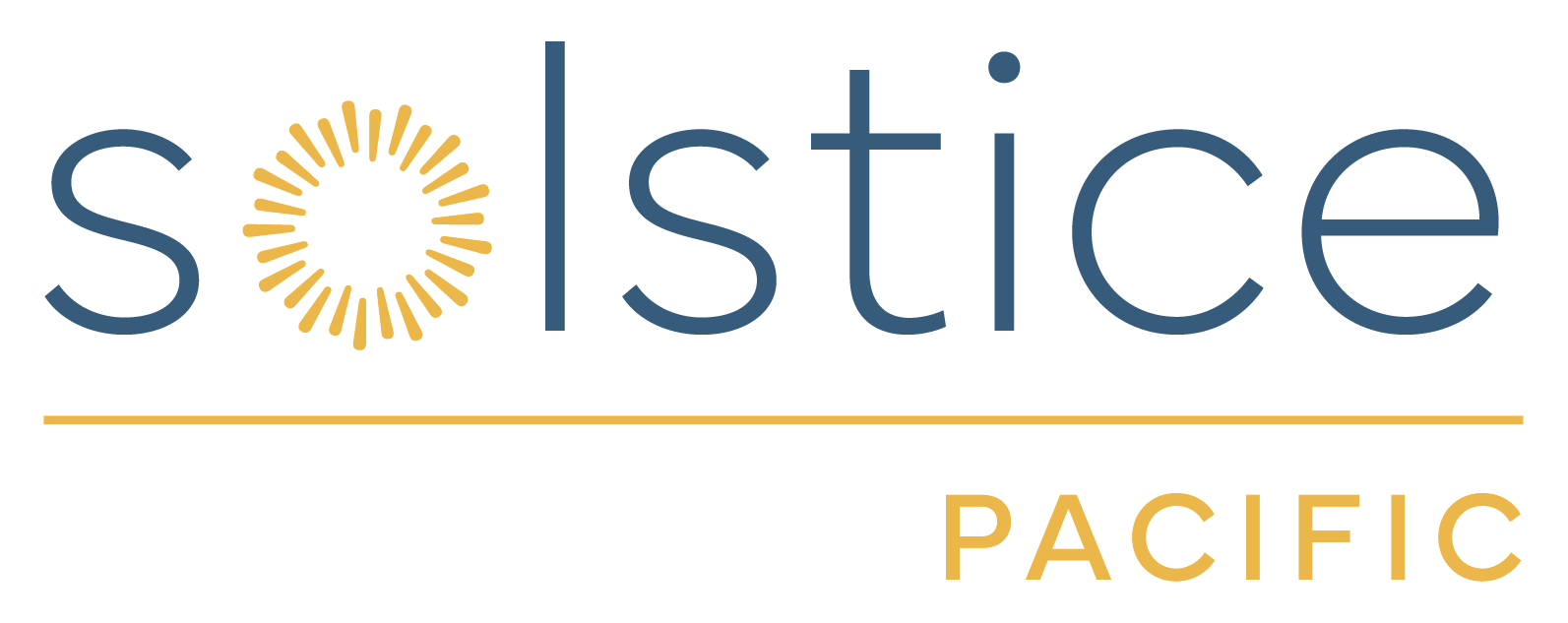Anxiety and Panic Disorders

About Anxiety and Panic Disorders
We all feel anxious at some point in our life. The day before a big event, getting on an airplane for the first time, taking an exam or facing an unexpected problem. When fear and anxiety become so severe that they disrupt daily activities - including relationships, family interactions and performance at work or in school - they can cause a person to develop an anxiety disorder. Anxiety disorders can also cause inflammation throughout the whole body, affecting digestive health, hormone health, heart health, and even joint health.
There are a variety of anxiety disorders and each have their own set of signs and symptoms. Generalized Anxiety Disorder (GAD) is defined by excessive anxiety, fear or worry nearly every day over a period of at least six months.
Worrying about when the next attack is coming can often bring on an added layer of anxiety for those dealing with panic disorder. Those at risk for developing anxiety disorders share a few common factors, including childhood and early adulthood trauma, a family history of anxiety and mental illness and certain health conditions associated with heart and thyroid function.
Symptoms of Anxiety and Panic Disorders:
There are several triggering factors associated with GAD, including work, social interactions and personal health and can cause major issues in each of those areas. Symptoms include:
- Restlessness or constant feelings of being on-edge
- Fatigue and irritability
- Difficulty concentrating
- Physical tension of the muscles
- Out of control feelings of worry
- Difficulty with sleep due to restlessness
Panic disorder is an anxiety disorder accompanied by recurrent and sudden panic attacks. A panic attack is an unexpected episode of extreme fear that escalates quickly, often brought on by triggering situations, places or objects. Symptoms of a panic attack include:
- Accelerated heart rate and heart palpitations
- Physical trembling and shaking
- Sweating as a response to stress hormones
- Shortness of breath and feelings of gasping for air
- Feeling like there is impending doom
- Lack of control over the situation and fear
Why There Is Hope for Anxiety and Panic Disorders
When a person can learn about the sources of their fear and anxiety, they can better understand their emotions around the triggers and get control over them. With proper support and treatment, anxiety disorders can be managed and symptoms can be alleviated so the person can go on to live a healthy life.
Day Treatment or Partial Hospitalization (PHP) and Intensive Outpatient (IOP) are the best vehicles to arrest persistent and chronic anxiety. These programs help you develop the routines that foster a new stress response, as well as decrease or resolve symptoms of anxiety and panic.
Early Intervention for Anxiety and Panic Disorders - Helping a Loved One
It’s easy for a person to take on too much. Carrying a heavy load while taking care of one’s health, caring for family members, managing a career and finding the time to balance daily responsibilities can be overwhelming. If you notice a loved one suffering from excessive anxiety to the point that it is interfering with their everyday functioning, showing support can be the first step towards them getting the help they need.
How We Treat Anxiety and Panic Disorders
Both therapy and medication can be effective treatment strategies for anxiety disorders. Talk therapy targets the specific sources of the person’s anxiety. Cognitive behavioral therapy (CBT) teaches people to react differently to anxiety-inducing situations and objects. Exposure therapy helps people with anxiety disorders confront their fears in a controlled environment, helping them build tolerance to the activities and objects they typically avoid and teaching them how to get fear under control. Group work involving other people with similar anxiety disorders can also be effective.
As with other mental health disorders, medication can provide relief to certain symptoms. Anti-anxiety medication can be administered for a short time to reduce the incidences of panic attacks and extreme fear associated with anxiety disorders. Antidepressants can help balance chemicals in the brain that control mood, which can be helpful in treating symptoms of anxiety orders. There are several risks involved when it comes to taking both anti-anxiety medication and antidepressants, so individuals should work closely with a healthcare practitioner when it comes to developing a treatment plan that is both safe and effective.
Diet, lifestyle changes, removing toxins or inflammatory triggers can also strongly improve anxiety and mood. Working with a provider who understands the whole person is essential when targeting anxiety disorders.
This program gives you a hybrid approach to care…. While it is 8 hours each week-day, you will still have the opportunity to practice your skills at home or in your real-life circumstances. Because your environment is key to your mood state, you must have a strong support network of friends and/or family members who are deeply invested in your healing journey.
It is a powerful message you give yourself when you decide to commit to your health and wellness full-time….what better way to communicate self love and self care?
The idea is do this one with your whole body and mind engaged and you will never need a program of this intensity again!
What Ongoing Care Looks Like for Anxiety and Panic Disorders
Learning ways to minimize stress, like meditation, breath work, getting a proper amount of sleep and avoiding caffeine and other substances or medications that can exacerbate anxiety, can greatly improve a person’s chances of keeping the disorder under control. The most effective stress management techniques are the ones that are practiced, over and over again. Sticking with treatment plans and doing the work will ensure people with anxiety disorders are able to lead healthy high-functioning lives.
Symptoms of Anxiety and Panic Disorders:
There are several triggering factors associated with GAD, including work, social interactions and personal health and can cause major issues in each of those areas. Symptoms include:
- Restlessness or constant feelings of being on-edge
- Fatigue and irritability
- Difficulty concentrating
- Physical tension of the muscles
- Out of control feelings of worry
- Difficulty with sleep due to restlessness
Panic disorder is an anxiety disorder accompanied by recurrent and sudden panic attacks. A panic attack is an unexpected episode of extreme fear that escalates quickly, often brought on by triggering situations, places or objects. Symptoms of a panic attack include:
- Accelerated heart rate and heart palpitations
- Physical trembling and shaking
- Sweating as a response to stress hormones
- Shortness of breath and feelings of gasping for air
- Feeling like there is impending doom
- Lack of control over the situation and fear




